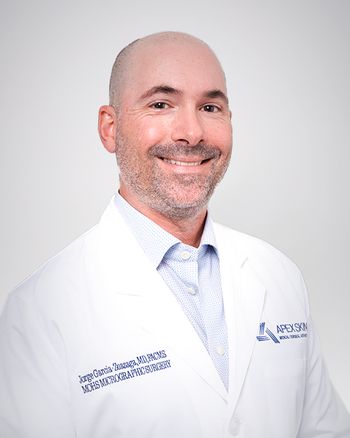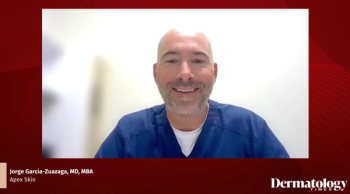
Clearing confusion about destruction codes
CPT codes 17000, 17003 and 17004 are the bread-and-butter codes ofmost dermatologists. Actinic keratoses, warts and other benignlesions such as seborrheic keratoses, condylomata and papillomataare the most common types of lesions treated by the destructionmethod. Per CPT, the definition of destruction means "the ablationof benign, premalignant or malignant tissues by any method, with orwithout curettement, including local anesthesia, and not usuallyrequiring closure.
CPT codes 17000, 17003 and 17004 are the bread-and-butter codes of most dermatologists. Actinic keratoses, warts and other benign lesions such as seborrheic keratoses, condylomata and papillomata are the most common types of lesions treated by the destruction method. Per CPT, the definition of destruction means "the ablation of benign, premalignant or malignant tissues by any method, with or without curettement, including local anesthesia, and not usually requiring closure. Any method includes electrosurgery, cryosurgery, laser and chemical treatment." There seem to be some redundant questions about the use of the destruction codes. I'll share these in this article so that all my readers are clear on the issues discussed below.
Q Can we charge CPT codes 17000 to 17004 with Candida? We have so much trouble getting paid for the 11900 and 11901 codes. My doctor seems to feel that the use of the Candida antigen would meet the criteria of a chemical destruction. What do you think?Candidly Speaking
Q We are treating actinic keratosis with photodynamic therapy using the Blue Light after application of Levulan (DUSA). I know that there is a relatively new CPT code (96567) that is recommended, but the payment is so low that I believe that using CPT code 17004 is the more appropriate way to code to get the reimbursement I deserve based on the amount of time and effort required to provide this service. The Levulan Kerastick is a drug, so I feel that the lesions are getting destroyed chemically. So far I have not had any trouble getting paid. Recently one of my office staff read one of your publications and now is pressuring me to start using CPT code 96567. Is there any harm in billing it one way versus the other?"Kers" About Doing It Correctly
A Dear Kers: You most likely won't like my answer, but you must select the CPT code that most accurately reflects the service you are rendering. Because there is an exact CPT code that describes photodynamic therapy using a combination of light and a photosensitive drug, it would be an egregious misrepresentation of what you are doing if you bill using CPT codes 17000 to 17004. CPT code 96567's definition per CPT is:
"Photodynamic therapy by external application of light to destroy premalignant and/or malignant lesions of the skin and adjacent mucosa (e.g., lip) by activation of photosensitive drug(s); each phototherapy exposure session."
You would be miscoding purely for financial gain. This could easily be construed as fraud, so you certainly don't want to go there.
Of course, don't forget to bill the cost of the Kerastick which is billed using the J-code J7308.
Q How many postoperative days does CPT code 96567 have? If I see the patient within the next 10 to 14 days following treatment, can I charge? Some patients are very uncomfortable as the skin begins to peel. Many need reassurance that their skin is not infected. There is a whole list of reasons why patients come in. I want to know if I can charge for these postoperative visits. JR in NY
A Dear JR: Any relation to the Texas oil tycoon from TV? Just kidding! There are several things here that are important.
Newsletter
Like what you’re reading? Subscribe to Dermatology Times for weekly updates on therapies, innovations, and real-world practice tips.

















